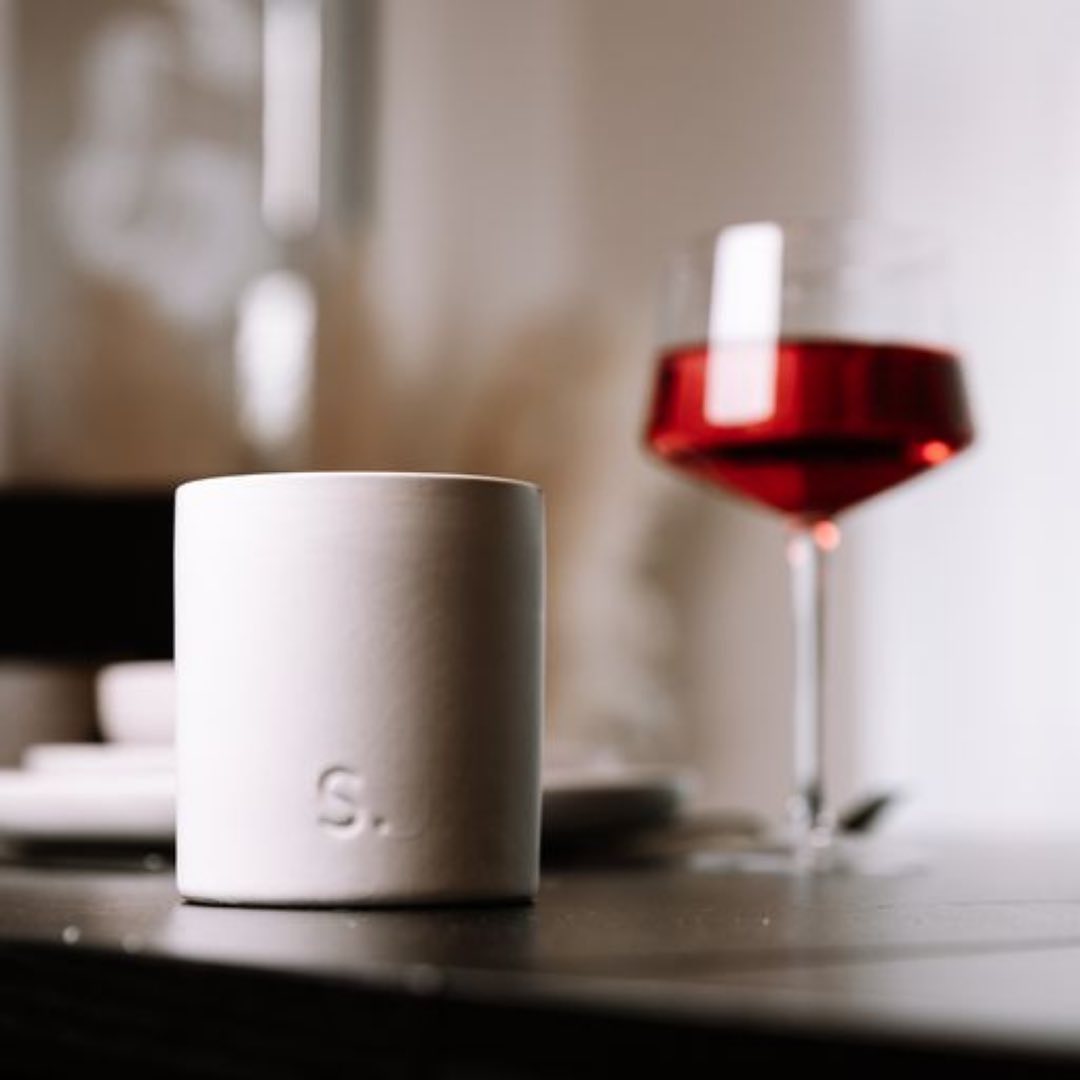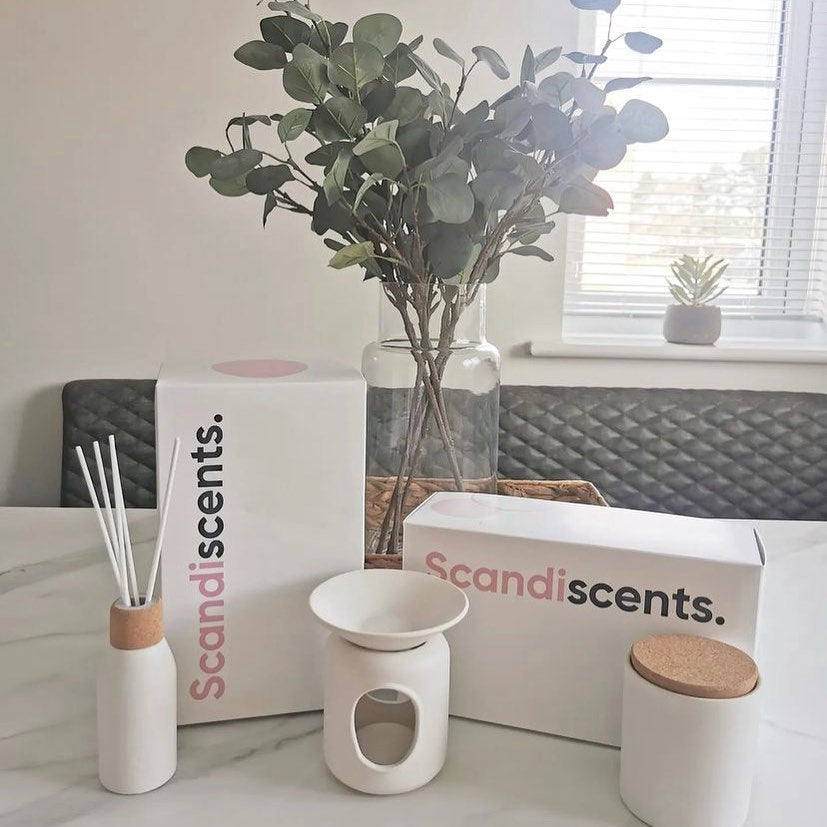Early Origins
Candles have been used for more than 5,000 years as a source of light and to highlight festivals, but little is known about their beginnings.The Ancient Egyptians, who manufactured rushlights or torches by soaking the pithy core of reeds in melted animal fat, are widely credited with the invention of candles. The rushlights, on the other hand, lacked the wick of a genuine candle.
While the Egyptians used wicked candles about 3,000 B.C., the ancient Romans are widely credited with inventing the wicked candle by dipping folded papyrus in molten tallow or beeswax repeatedly. The candles that resulted were used to light their houses, to help travellers at night, and in religious events.
Many other early societies constructed wicked candles utilizing waxes manufactured from accessible plants and insects, according to historians. Early Chinese candles were supposed to be made in paper tubes with a wick made of curled rice paper and wax made from a local bug mixed with seeds. Candle wax was produced from tree nuts in Japan, whereas candle wax was derived from the fruit of the cinnamon tree in India.
Candles were also known to play a significant role in early religious rites. Hanukkah, the Jewish Festival of Lights, began in 165 B.C. and is celebrated by lighting lights. Candles are mentioned in the Bible multiple times, and Emperor Constantine is said to have ordered the use of candles at an Easter ceremony in the fourth century.
Middle Ages
Candles made from animal fat were used by most early western societies. In the Middle Ages, beeswax candles were introduced to Europe, which marked a significant advancement. Beeswax, unlike animal-based tallow, burnt cleanly and without generating a smoky blaze. Instead of the nasty, caustic stench of tallow, it had a nice sweet aroma. Beeswax candles were commonly used at church rituals, but since they were so costly, only the affluent could afford to use them at home.Tallow candles were the most prevalent home candle in Europe, and candle making had become a guild skill in England and France by the 13th century. Candlemakers (chandlers) travelled from home to house, either creating candles from cooking fats kept for that purpose or selling their own candles from tiny candle shops.
Colonial Times
When colonial women realized that boiling the greyish-green berries of bayberry bushes created a sweet-smelling wax that burned cleanly, they made America's first contribution to candlemaking. The wax from the bayberries, on the other hand, was incredibly difficult to remove. As a result, bayberry candles' appeal quickly faded.
When spermaceti — a wax made by crystallizing sperm whale oil — became accessible in large quantities due to the expansion of the whaling business in the late 18th century, it marked the first substantial advance in candlemaking since the Middle Ages. When burned, the spermaceti wax did not emit a foul odour and generated a substantially brighter light than beeswax. It was also firmer than tallow or beeswax, so it didn't melt or bend in the heat of summer. The earliest "standard candles" were produced with spermaceti wax, according to historians.
Candles In The 19th Century
The nineteenth-century saw the majority of the important breakthroughs that influenced modern candlemaking. Michel Eugene Chevreul, a French scientist, discovered how to extract stearic acid from animal fatty acids in the 1820s. As a result, stearin wax was developed, which was hard, resilient, and burnt cleanly. Stearin candles are still widely used in Europe.
In 1834, inventor Joseph Morgan contributed to the modern-day candle business by designing a machine that allowed for the continuous manufacture of moulded candles by ejecting candles as they solidified using a cylinder with a moveable piston. Candles became a readily attainable item for the public once mechanical manufacture was introduced.
After scientists figured out how to properly remove the naturally occurring waxy component from petroleum and purify it, paraffin wax was developed in the 1850s. Paraffin was a godsend to candlemaking since it burned cleanly, and reliably, and was more cost-effective to create than any other candle fuel. Its sole flaw was that it had a low melting point. This was quickly remedied by using a different type of stearic acid, which had become commercially accessible. Candlemaking began to fade after the invention of the light bulb in 1879.
Candles In The 20th Century
Candles regained popularity in the first part of the twentieth century, when the oil and meatpacking industries in the United States grew, resulting in a rise in the byproducts that had become the fundamental constituents of candles - paraffin and stearic acid.Candles' popularity remained stable until the mid-1980s, when demand for candles as ornamental objects, mood-setters, and presents skyrocketed. Candles became accessible in a wide range of sizes, shapes, and colours, and consumer interest in scented candles grew.
Candles had an unparalleled spike in popularity in the 1990s, and new types of candle waxes were invented for the first time in more than a century. Agricultural scientists in the United States began developing soybean wax, a softer and slower burning wax than paraffin. On the opposite side of the world, researchers were working on developing palm wax for use in candles.
Modern Day Candles
If you can believe it, the contemporary, home-decor-version-candle didn't become popular until the mid-1980s, when there was an unexpected demand for simple decorative choices. People began to add colours and scent oils to their paraffin, understanding that candles might be used for more than just decoration. There was an audible explosion. Candles come in a variety of forms, colours, and scents.Nowadays, almost every city has at least one candle company (including ours!). Candles, though no longer used for light or warmth, make fantastic centrepieces for special events, Christmas presents, and a much-needed odour remedy in smelly restrooms!
Whatever your candle tastes or habits are, we have one (or several) for you! Visit our full range here by going to our Shop Page (insert link). After all, who doesn't like a shopping spree that celebrates history?
Interesting Historic Candle Facts
• People used to burn wicks in oil lamps with a liquid-filled jar in ancient times. Tallow was initially used to make true dipped candles by the Romans circa 500 BC.
• Candles appeared to have some commercial value to the Romans, who used them for lanterns. Ancient European candles were made from natural fats, wax, and tallows. Tallow candles were created because beeswax was too costly in Ancient Rome. The ancient Greek name refers to a wide range of items, but the terms are ambiguous, making it difficult to determine.
• Chinese people began making candles out of whale fat around 200 BC. This was clearly visible in Han China. Tallow candles were once the most common kind.
• By the 13th century, candle making had become a profession in France and England. When compared to the original candles made of tallow, which were made of animal fat and included whale candles, the beeswax candle flame burned cleanly with no hazy smoky flames.
• Because beeswax candles were expensive, only a few people in the Middle Ages of Europe could afford to light candles in their homes. Beeswax candles were still widely used in religious activities, including church rituals, when candles were required.
• Candle manufacture became a substantial business in the mid-nineteenth century.
• In 1834, a pewterer named Joseph Morgan from Manchester, England invented a
method that revolutionized the way candles were created. It employed a spinning cylinder to eject sculpted candles as they solidified, enabling the production of sculpted candles. Around 1,500 candles were manufactured each hour using low-cost robotic technology.
• In the mid-nineteenth century, James Young of Bathgate, West Lothian, excelled at extracting paraffin wax from oil and coal shale seams. It developed a mass-production manufacturing method.
• High-quality, low-cost candles can be made using paraffin. Petroleum-based items contain paraffin. Paraffins include things like gasoline, crude oil, and kerosene. Manufacturers add stearic acid to the wax mixture in varying quantities depending on how rapidly they want the candle to burn to help it burn more evenly. Higher stearic acid levels result in slower burning, whereas lower levels result in quicker burning.
• At the end of the nineteenth century, London-based Price's Candles became the world's largest candle manufacturer. William Wilson founded the company in 1830, and it was the first to employ steam distillation.




Leave a comment
This site is protected by hCaptcha and the hCaptcha Privacy Policy and Terms of Service apply.